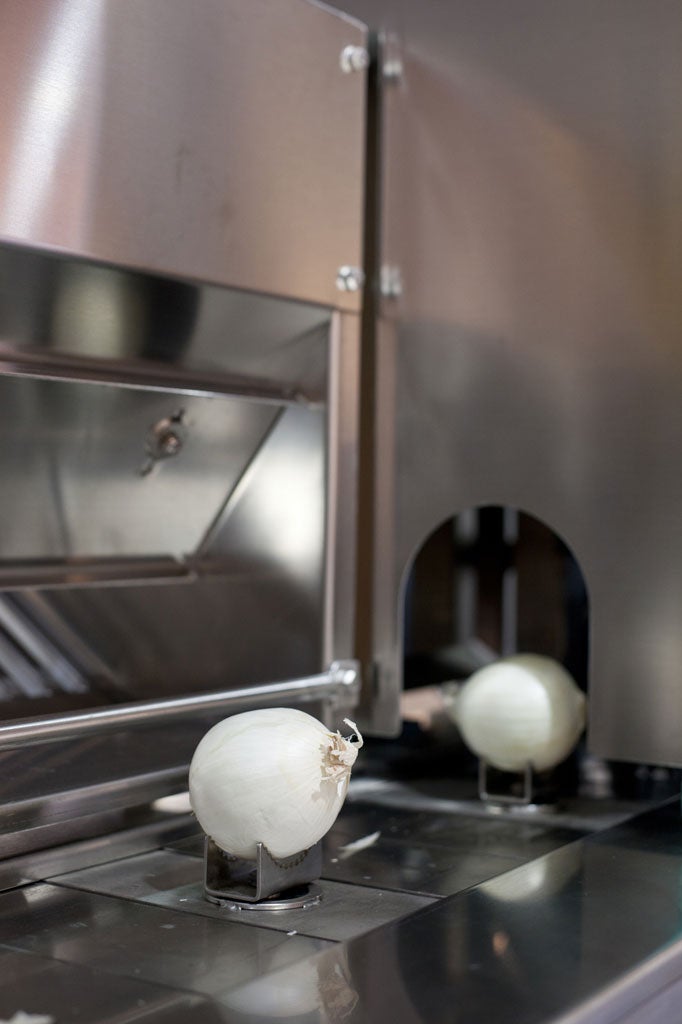Worldly Wolfgang Tillmans sees the big picture

Your support helps us to tell the story
From reproductive rights to climate change to Big Tech, The Independent is on the ground when the story is developing. Whether it's investigating the financials of Elon Musk's pro-Trump PAC or producing our latest documentary, 'The A Word', which shines a light on the American women fighting for reproductive rights, we know how important it is to parse out the facts from the messaging.
At such a critical moment in US history, we need reporters on the ground. Your donation allows us to keep sending journalists to speak to both sides of the story.
The Independent is trusted by Americans across the entire political spectrum. And unlike many other quality news outlets, we choose not to lock Americans out of our reporting and analysis with paywalls. We believe quality journalism should be available to everyone, paid for by those who can afford it.
Your support makes all the difference.Wolfgang Tillmans is waiting in the departure lounge at Santiago airport, preparing to return home following the opening of his first South American exhibition at the São Paulo Museum of Modern Art and a visit to the European Southern Observatory in Chile (astronomy, he says, was "the first love of my life as a child").
The international location best exemplifies the current context of the 43-year-old German-born, London-based Tillmans' practice. Perhaps best known as the winner of the 2000 Turner Prize (he was the first photographer to win), his upcoming show at the Glasgow International Festival of Visual Art captures him at a crux in his career.
"It's based around the idea of photographs as objects," he says of the body of work selected from the Arts Council Collection, a group he describes as "actual sculptural photographs" whose method of display – on creased and folded paper, as photographs or scanned faxes of themselves – is as important as the image. "Most people think of photographs purely as visual information, but my approach has always been to understand them as three-dimensional objects." He says that "texture and surface" is the key to understanding this part of his practice.
Alongside these will be displayed selected new works from Tillmans' recent portfolio, a preview of a major solo exhibition at the reopened Zurich Kunsthalle in August. "Twenty years after I started to make pictures of my own world it's looking at things in a more global context," he says, "but keeping the local in. So trying to look at things and see if there's a new picture possible, from Old Street Roundabout, which I've passed every day for the last 20 years, to a market scene in Ethiopia or car headlights in an underground car park in Hobart."
So an open-ended, internationally sourced documentary project? "I guess it falls under the term 'documentary'," he laughs, "but not without interference on my behalf. That's always been my attitude to authenticity, it's not about staging – the power of crop or angle that the camera gives you means there is no guaranteed truth in any documentary picture. What's most important is that I approached these new photographs with the idea of simplicity in mind."
Wolfgang Tillmans is showing at the Common Guild, Glasgow, 20 April to 23 June as part of Glasgow International Festival of Visual Art (www.glasgowinternational.org)
Join our commenting forum
Join thought-provoking conversations, follow other Independent readers and see their replies
Comments